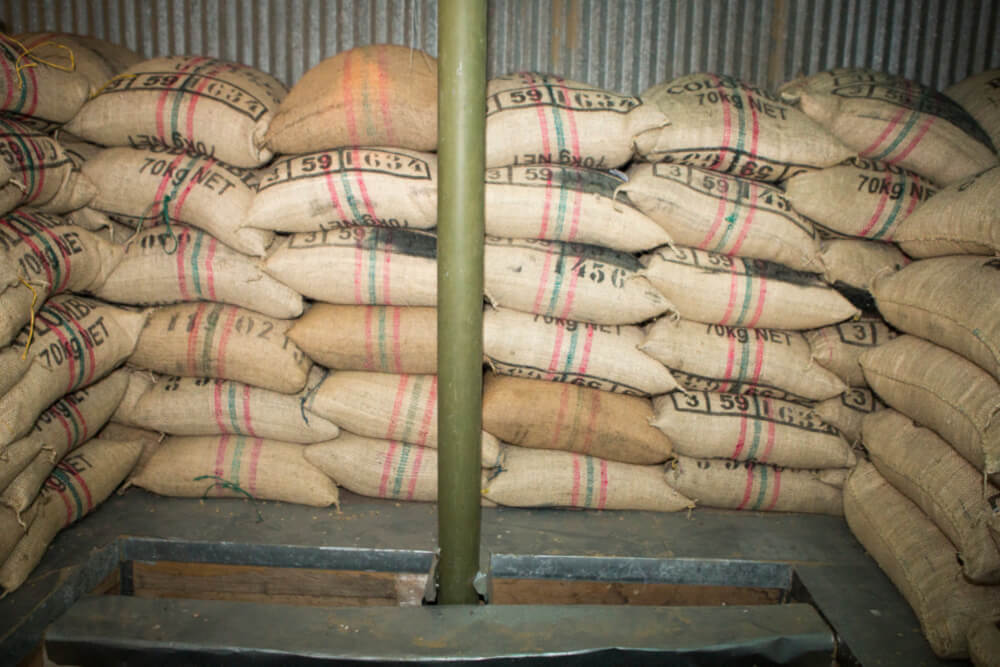
The Complete Coffee Harvesting Process
Coffee, a hot beverage enjoyed around the world, is made from roasted coffee beans, which are actually the seeds of cherries from the Coffea plant.
The truth is coffee is a lot more than just an enjoyable beverage you drink every morning. It's also a rich source of antioxidants, which scavenge harmful toxins and byproducts in your body that can damage cells. This makes coffee protective against certain diseases such as cancer, Parkinson’s, liver cirrhosis, and dementia.
Additionally, coffee has been linked with improved mental performance and a decreased risk of depression. Coffee can also help increase your energy, aid in weight loss, and make you more alert.
Although coffee is loaded with health benefits, the way the coffee beans are processed may have a major impact on its taste, quality and it's health benefits.
Introduction to Harvesting Coffee
Harvesting coffee is a critical step in the production of high-quality green coffee. While considering the importance of variety, climate, soil, geography, origin, and cultivation methods are key, there are also two additional steps that need to be taken into account. Both of these factors can have a huge impact on quality and flavor, but are often overlooked by consumers.
Harvesting: Picking the cherries
The coffee bean market is estimated to be 27 billion USD, and some experts see it growing at 5% per year. In July of 2022, 10.12 million bags of coffee were exported around the world. For those of us in the coffee industry, most bags of coffee average 69-70 kilos, which is around 150 pounds.
It is quite a feat to have so many bags of coffee shipped worldwide, being that coffee harvesting is typically done by hand. Handpicking can be a painstaking process, but it allows for more control and higher quality beans. During the harvesting process, growers must be careful to select only the ripe cherries and gently remove them from the plant. Once all of the cherries are picked, they must be quickly processed to prevent spoilage.
Harvesting coffee cherries is a precise and delicate process. Growers must carefully select the ripe cherries and delicately remove them from the plant. If too many unripe cherries are picked, the quality of the coffee will suffer.

Similarly, if the cherries are handled too roughly, they may be damaged and unable to be sold as specialty coffee. Therefore, it is essential that growers take the time to properly harvest their coffee crop. By doing so, they can ensure that they produce a high-quality product that will be enjoyed by coffee lovers all around the world.
Post-Harvest Processing
Once the coffee cherries are picked, they must be quickly processed to prevent spoilage. This is due to the fact that inside each cherry is a green colored bean called "green coffee." This green coffee bean must be extracted from the cherry.
Their are 4 main processes that must be accomplished before a coffee is ready for export.
Pulping the Cherry
The first step in the processing of ripe coffee cherries is to remove the outer skin of the cherry, which is called pulping. The coffee processing begins with the removal of the outer skin of the cherry, also called pulping. This is usually done by passing the cherries through a machine that has rotating blades that strip off the skin.

Removing The Mucilage
The second step is to remove the mucilage, which is the sticky flesh that surrounds the coffee bean. This can be done by soaking the cherries in water, which breaks down the mucilage, or by using a machine that mechanically removes it.
The third step in the processing of ripe coffee cherries is that the coffee beans are separated from the pulp and sorted by size and weight. Separating the coffee beans from the pulp is a crucial step in the coffee-making process.

After the mucilage is removed, and the beans soaked, the green coffee beans are dried, either in the sun or in a mechanical dryer. Once they are dry, the beans are sorted and graded according to size and quality and they are ready for export.

The entire process from start to finish must be meticulously controlled to produce coffee that is uniform in quality and flavor. If not done correctly, the overall quality and flavor of the bean may be harmed, which will lower the chance for a roaster to produce a good cup of coffee.
It's A Painstaking Process But Critical
While some might think that only the roasting of coffee beans is important, this couldn't be further from the truth. In order to have excellent tasting coffee, every single step in the process must be done with precision and care. This includes the harvesting of the coffee which is often overlooked but plays a critical role in quality control.
As you can see, handling coffee is a very complex process that requires a lot of attention to detail. Every single step must be executed carefully in order to produce high-quality coffee beans that will make a good cup of coffee. From selecting and hand picking the ripe cherries, to post-harvest processing methods to pulp the coffee cherry, wash the coffee, dry it, and screen the coffee bean for size, all this must be done before the coffee is made ready for export. If the coffee is handled properly at origin, this will give the roaster a better chance at producing great tasting coffee.
I hope this article gives you a better understanding of the complex process that goes into harvesting coffee beans. It takes a lot of hard work and attention to detail to produce high-quality coffee beans to bring you a delicious cup of coffee!
- K.K.B